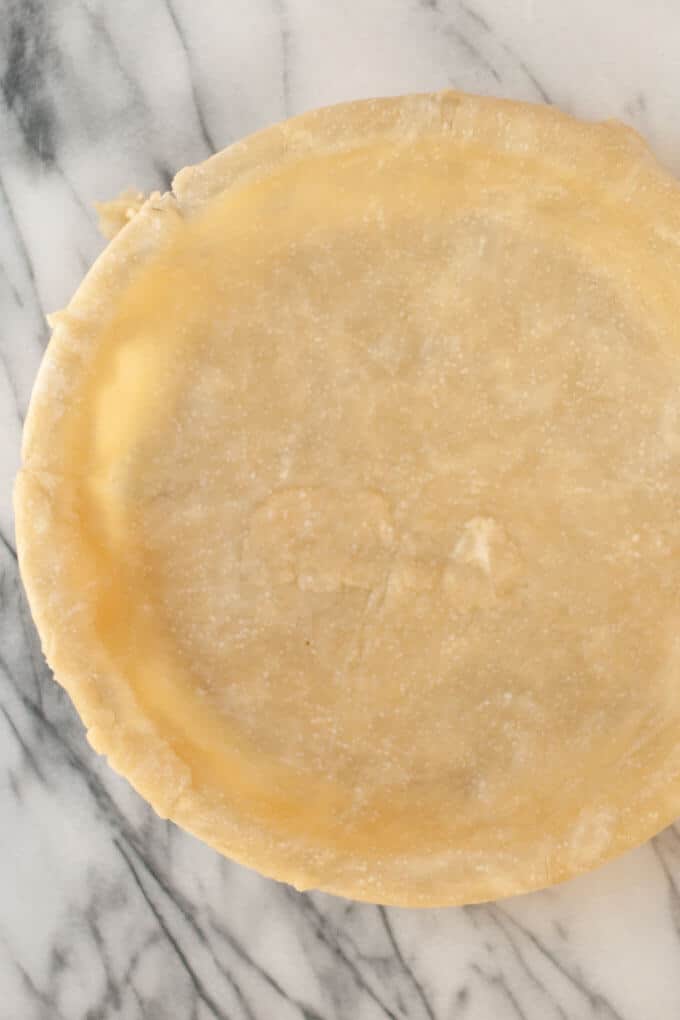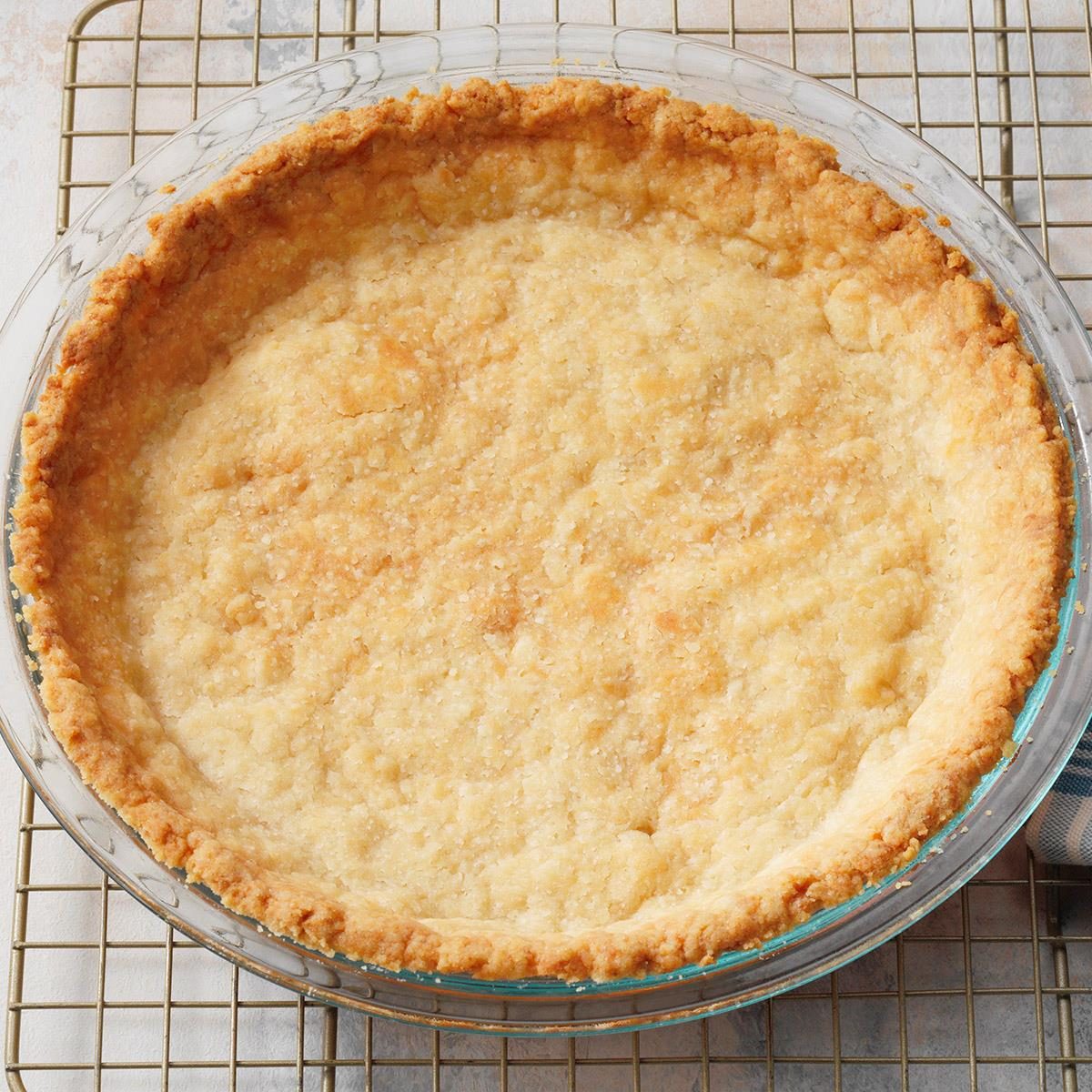Discovering the Delight of Oil-Based Pie Crusts: A Simple and Versatile Recipe
Oil-based pie crusts offer a convenient and delicious alternative to traditional butter or shortening crusts. With their simplicity and versatility, they have become a popular choice for home bakers looking to create flaky, tender pies without the hassle of cutting in cold fat. Let's explore the characteristics, benefits, and a basic recipe for oil-based pie crusts.
1. Understanding Oil-Based Pie Crusts
Oil-based pie crusts, as the name suggests, use oil as the primary fat instead of butter or shortening. This results in a crust that is easy to mix, roll out, and handle, making it perfect for both novice and experienced bakers.

oil based pie crust
2. Key Features of Oil-Based Pie Crusts
2.1. Ease of Preparation
- Oil-based pie crusts require minimal preparation, as there is no need to chill the fat or cut it into the flour mixture.
- The dough comes together quickly with just a few simple ingredients and can be rolled out immediately without waiting for it to rest.
2.2. Flakiness and Texture
- Despite the absence of solid fat, oil-based pie crusts can still yield flaky and tender results when prepared correctly.
- The oil coats the flour particles evenly, creating layers that puff up beautifully during baking.

oil based pie crust
2.3. Versatility
- Oil-based pie crusts are versatile and can be used for both sweet and savory pies, tarts, quiches, and galettes.
- They can accommodate a variety of fillings, from fruit and custard to meat and vegetables, making them a go-to option for any pie recipe.
3. Basic Recipe for Oil-Based Pie Crust
Ingredients:
- 1 1/4 cups all-purpose flour
- 1/4 teaspoon salt
- 1/4 cup vegetable oil (such as canola or sunflower oil)
- 3-4 tablespoons cold water
Instructions:
- In a mixing bowl, whisk together the flour and salt until well combined.
- Drizzle the vegetable oil over the flour mixture and stir with a fork until the mixture resembles coarse crumbs.
- Gradually add the cold water, 1 tablespoon at a time, stirring until the dough begins to come together.
- Use your hands to gently knead the dough until it forms a smooth ball.
- On a lightly floured surface, roll out the dough into a circle large enough to fit your pie dish.
- Carefully transfer the dough to the pie dish, pressing it gently into the bottom and sides.
- Trim any excess dough and crimp the edges as desired.
- Proceed with your pie recipe, filling the crust with your desired filling and baking according to the recipe instructions.
4. Conclusion
Oil-based pie crusts offer a fuss-free and delicious alternative to traditional pie crusts, delivering flaky, tender results with minimal effort. Whether you're baking a sweet fruit pie or a savory quiche, this versatile crust is sure to impress with its ease of preparation and delightful texture. Give oil-based pie crusts a try for your next baking adventure and enjoy the simplicity and flavor they bring to your homemade pies.